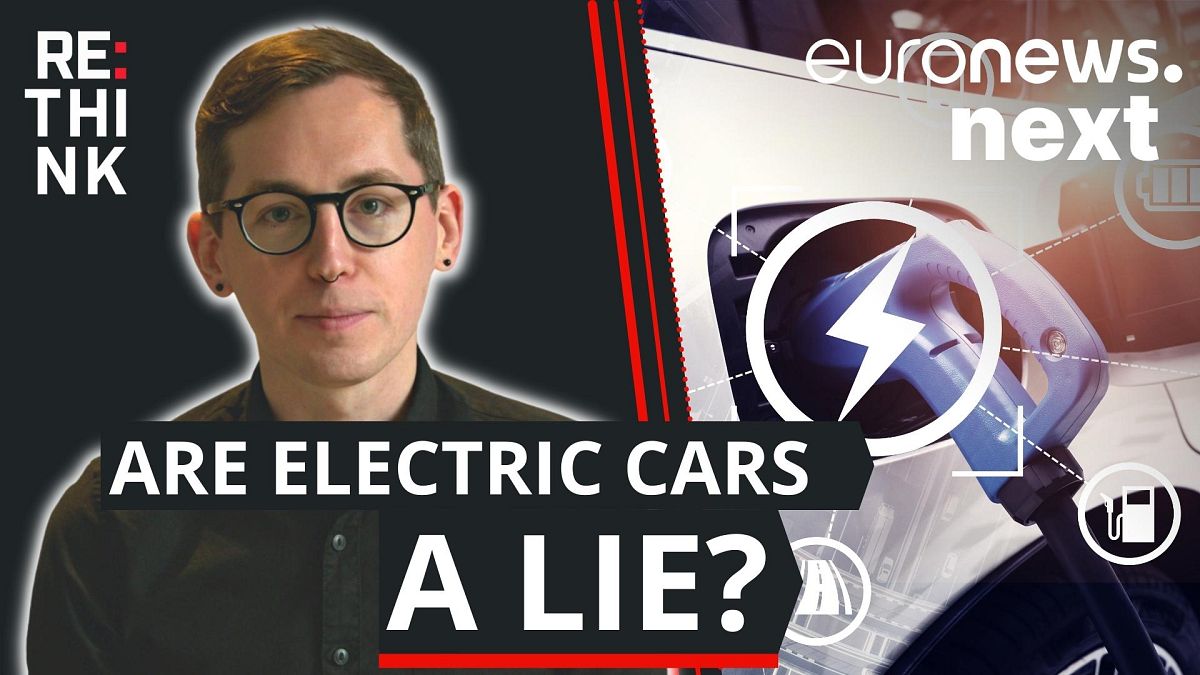Southern Europe could also deploy quite a lot of solar. But again my concern is not power stations.Yes, although that article is for the australian market where they have a lot of solar pushing the price down during that day, at least if you're on a reactive tarrif. In europe the cheapest part of the day is normally overnight, because less people are using it, and it's more effective to leave those nuclear power stations running 24/7, plus wind turbines don;t stop turning just because the sun's gone down.
Yes, it's better to schedule and organise all those cars than having all of them suck all the power at the minute the cheapest tariff quicks in. But it's still a lot of power flowing through the grid that now comes from fossil fuels. I understand that the current grid is sized for the maximum current each household needs, not the average, so if you can average your power across the hours, you could sort of make do with the same grid, but I doubt that's enough. It depends on how long people commute and so on, but charging a car twice a week could still be easilly triple the power that the household is using now (assuming only one car in the house). If that's just 10% of the houses in the neighbourhood, it's ok. But if they're all the cars in the neighbourhood, I don't know. Even if 5 neighbours are charging their car from five other neighbours cars now and five others next hour, there're going to be power lines in that 30 houses neighbourhood carrying more power than they're carrying now.Most newish electric cars have timers in them that you can set to tell them only to pull power while we sleep, at least on the days you need to plug them in. Going forward we'll have something call Vehicle-to-Grid (V2G), which'll let grid maintainers skim a kilowatt hour off everyone's car, which'll act like an extra power station on the grid, but will only take you car about 10 minutes to refill once the cost of power drops.
It's also not clear to me how V2G should work. The moment the grid wants to take power from your car is the moment electricity is expensive, so it's probably the moment you want to use the power from your car to power your house instead of paying the grid for electricity. The company is always going to pay you less for the electricity you sell them than what it charges for the electricity you buy from them. So I see the usefulness of vehicle to home, but will vehicle to grid be profitable for the car owner ? At some times your electricity needs are so low you could probably power your house and the grid from your car, but 1) those should be cheap hours, just when you want to charge the car, not discharge it 2) will that still leave your car charged enough that you can refill it later and keep always some range to get to the nearest hospital or so ?
Vehicle to home should require less technical and contractual burden than vehicle to grid, and still ease the stress on the grid by lowering demand at peaks instead of increasing supply. Maybe if people buy cars with much more battery than the range they usually need... But home batteries should eventually be considerably cheaper than car batteries (they can be bigger and heavier). So maybe it's more practical to buy a house battery so that you can charge the smaller battery in your car more often and cheaper, and you can power your house at peak tariff even if the car is away, instead of buying a car with an oversize battery and then use it to power your house or the grid. Moving a bigger battery takes more energy, so you're better off leaving as much battery as you can at home.



